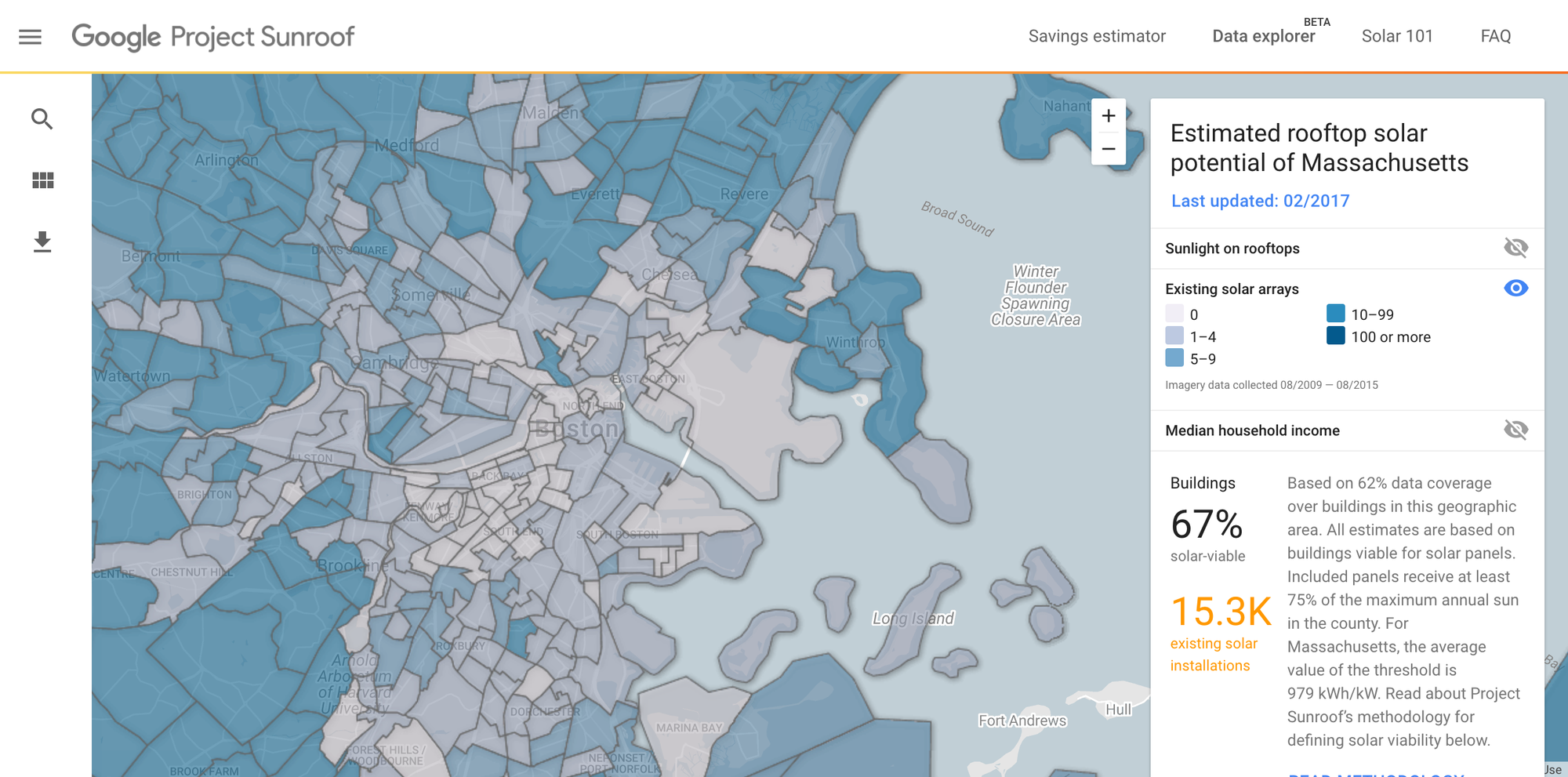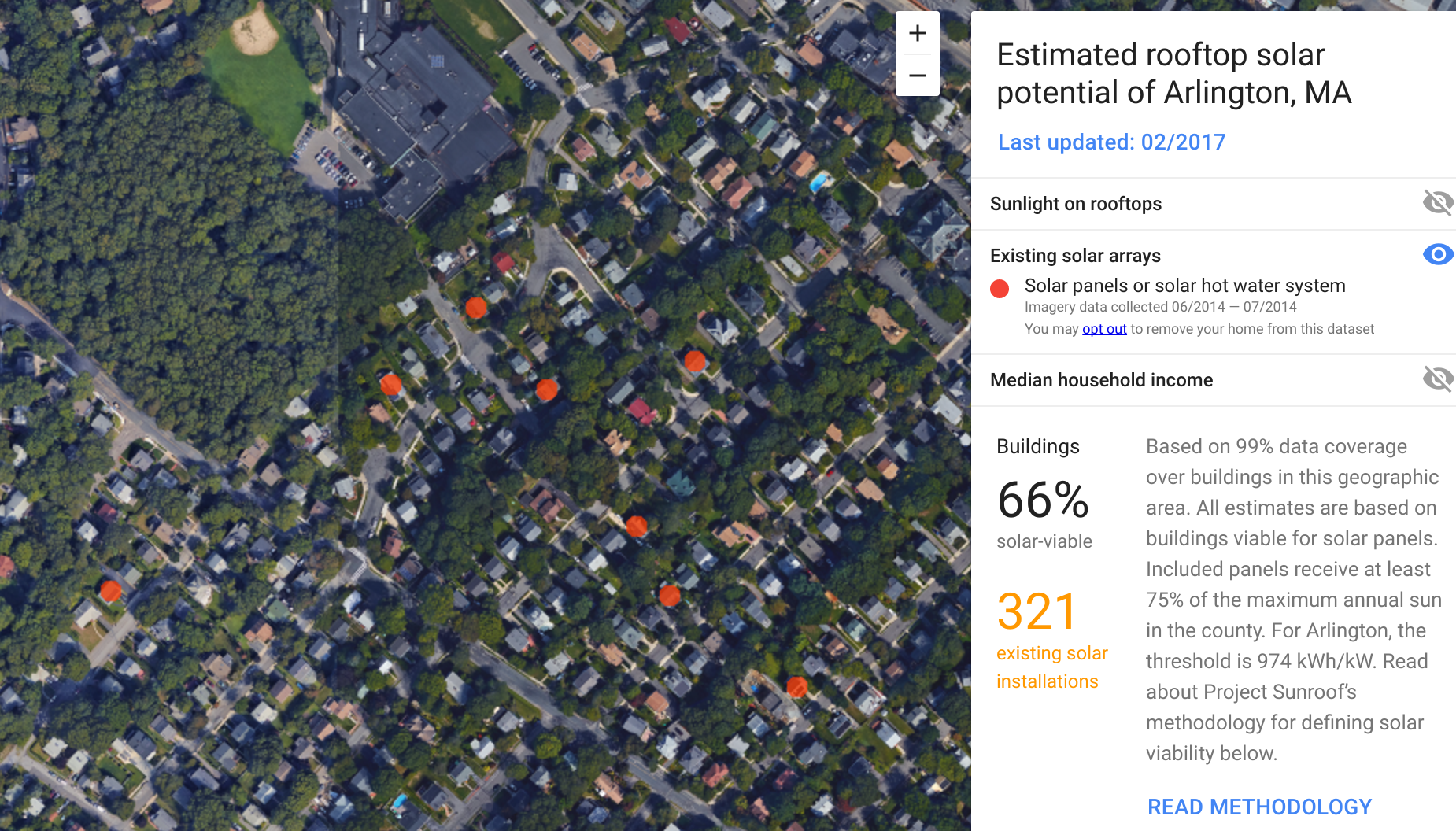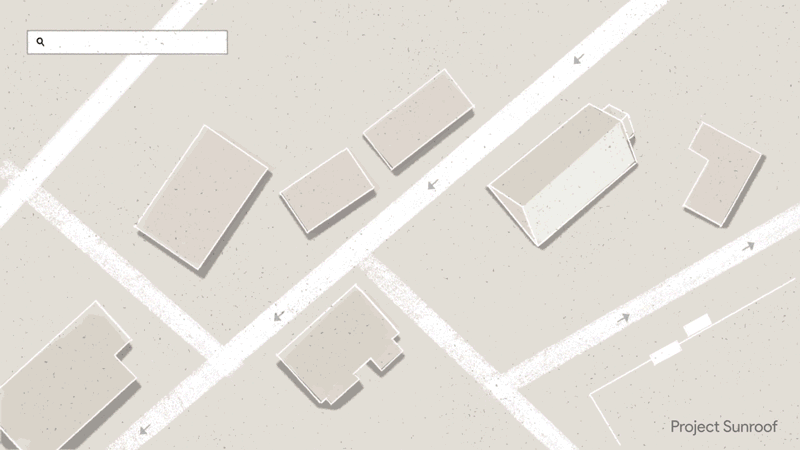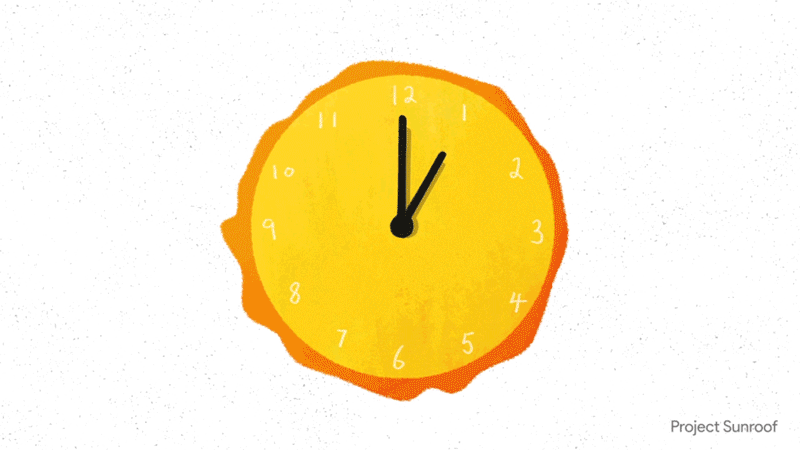A few years ago, when my family was first deciding whether or not to go solar, I remember driving around the neighborhood, looking at all the solar arrays on nearby rooftops. It made me realize: Wow, solar isn’t some futuristic concept, it’s already part of the fabric of my town! Seeing that others around me were already benefiting from solar helped me decide to do the same.
We want to make it easy for people to make informed decisions about whether to invest in solar.
Project Sunroof already shows you
solar potential and cost saving for more than 60 million individual homes. Today we’re adding a new feature,
Project Sunroof Data Explorer, which shows a map of existing solar installations in neighborhoods throughout the United States. Now instead of driving street to street, it’s a little easier to see if houses around you and communities nearby have already gone solar.
 We used AI to help airlines choose routes that are less likely to cause contrails, minimizing the environmental impact of flights.
We used AI to help airlines choose routes that are less likely to cause contrails, minimizing the environmental impact of flights.
 We used AI to help airlines choose routes that are less likely to cause contrails, minimizing the environmental impact of flights.
We used AI to help airlines choose routes that are less likely to cause contrails, minimizing the environmental impact of flights.




